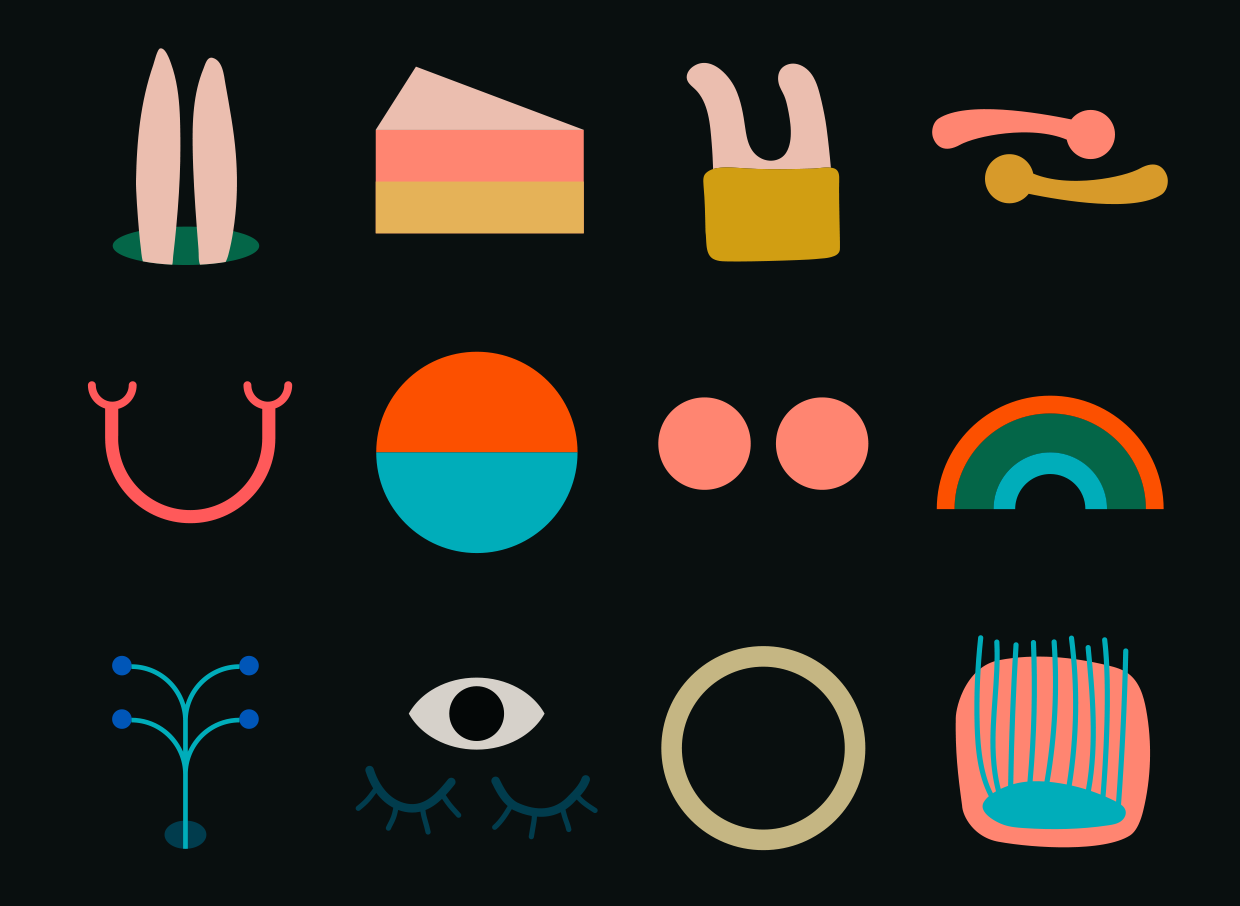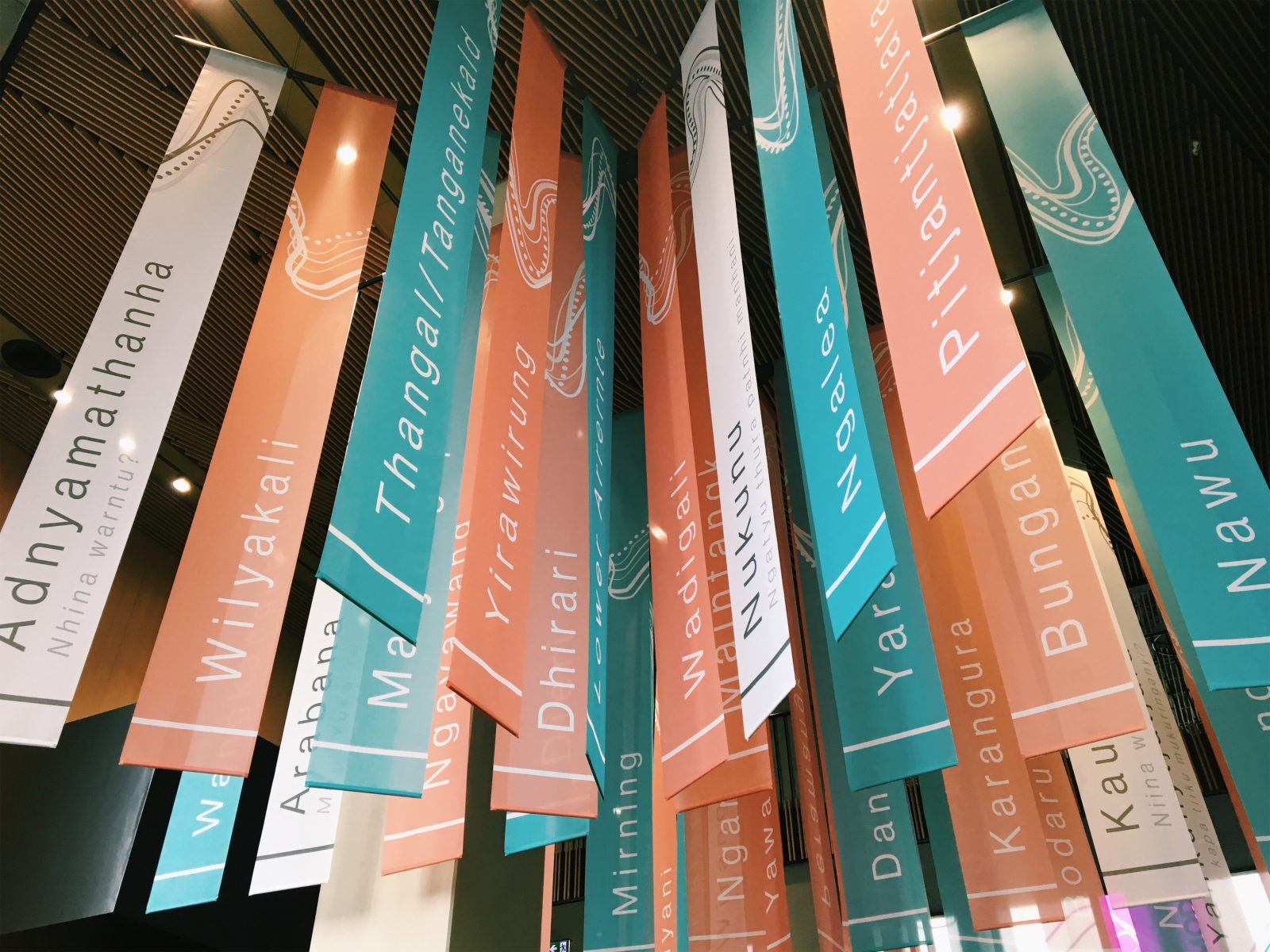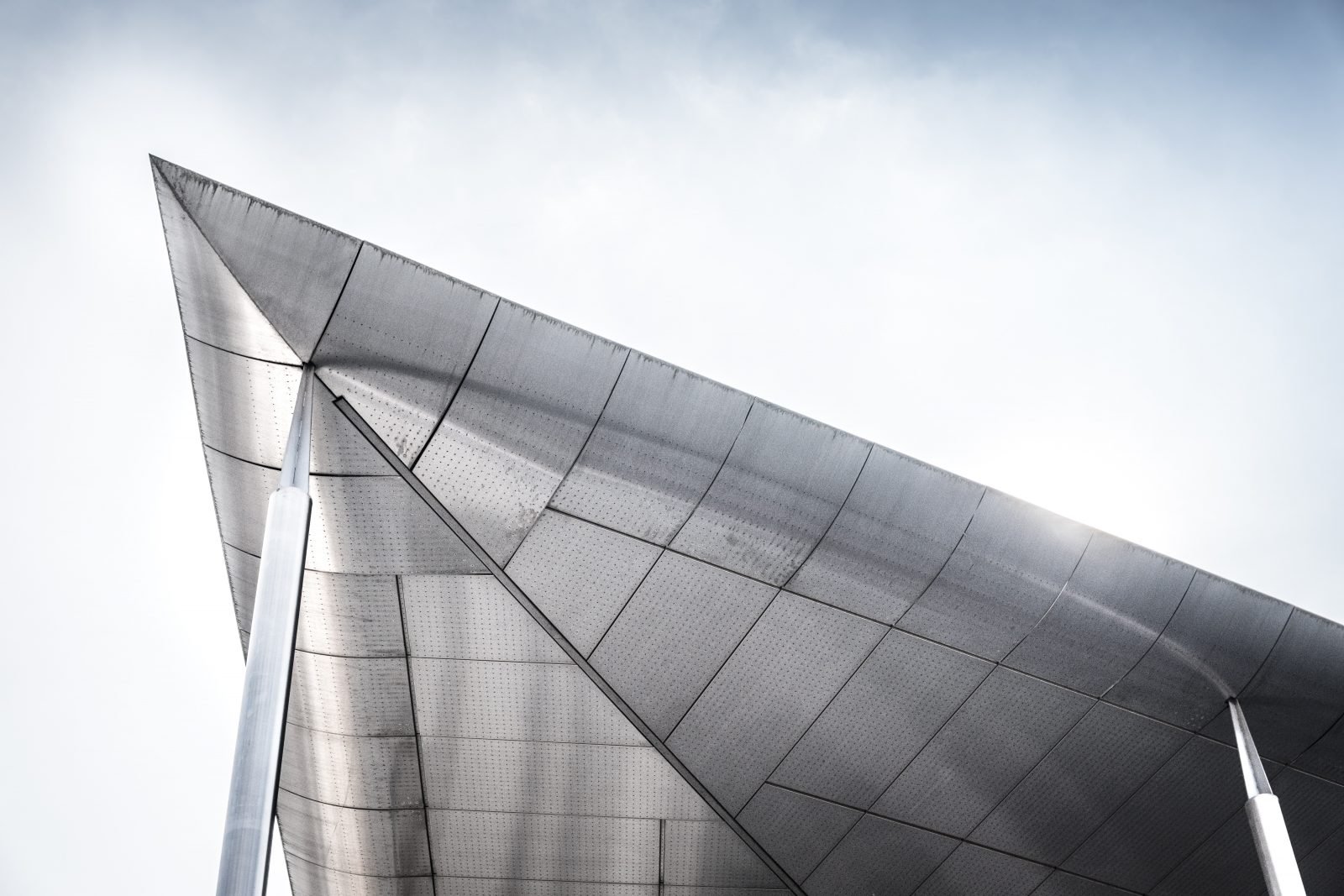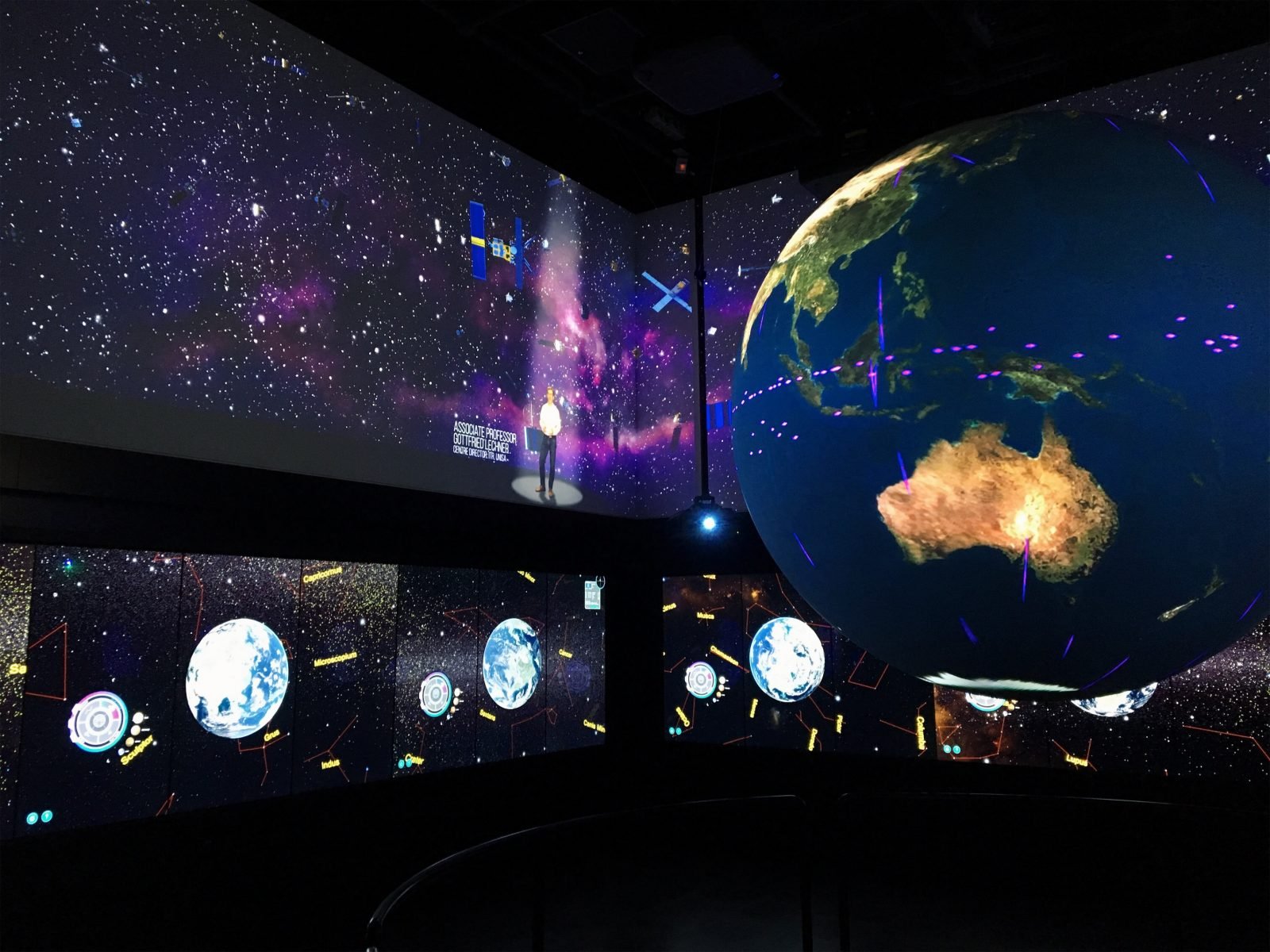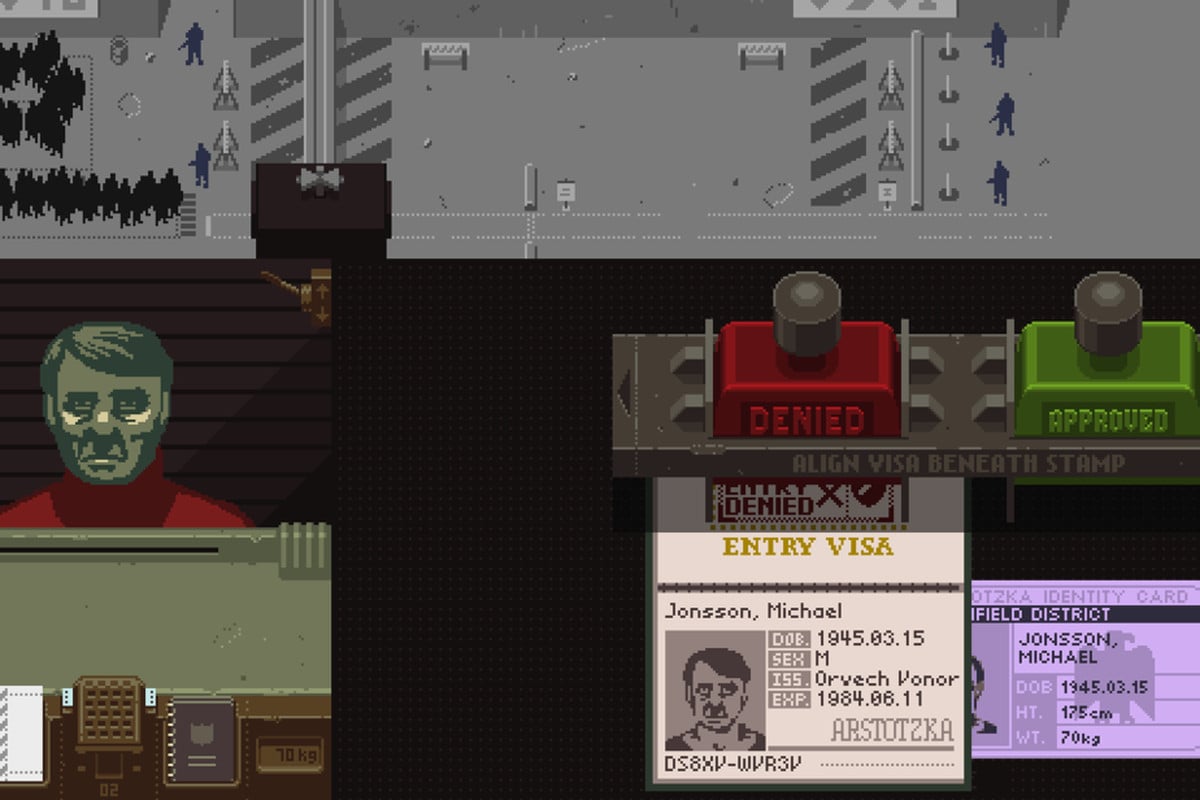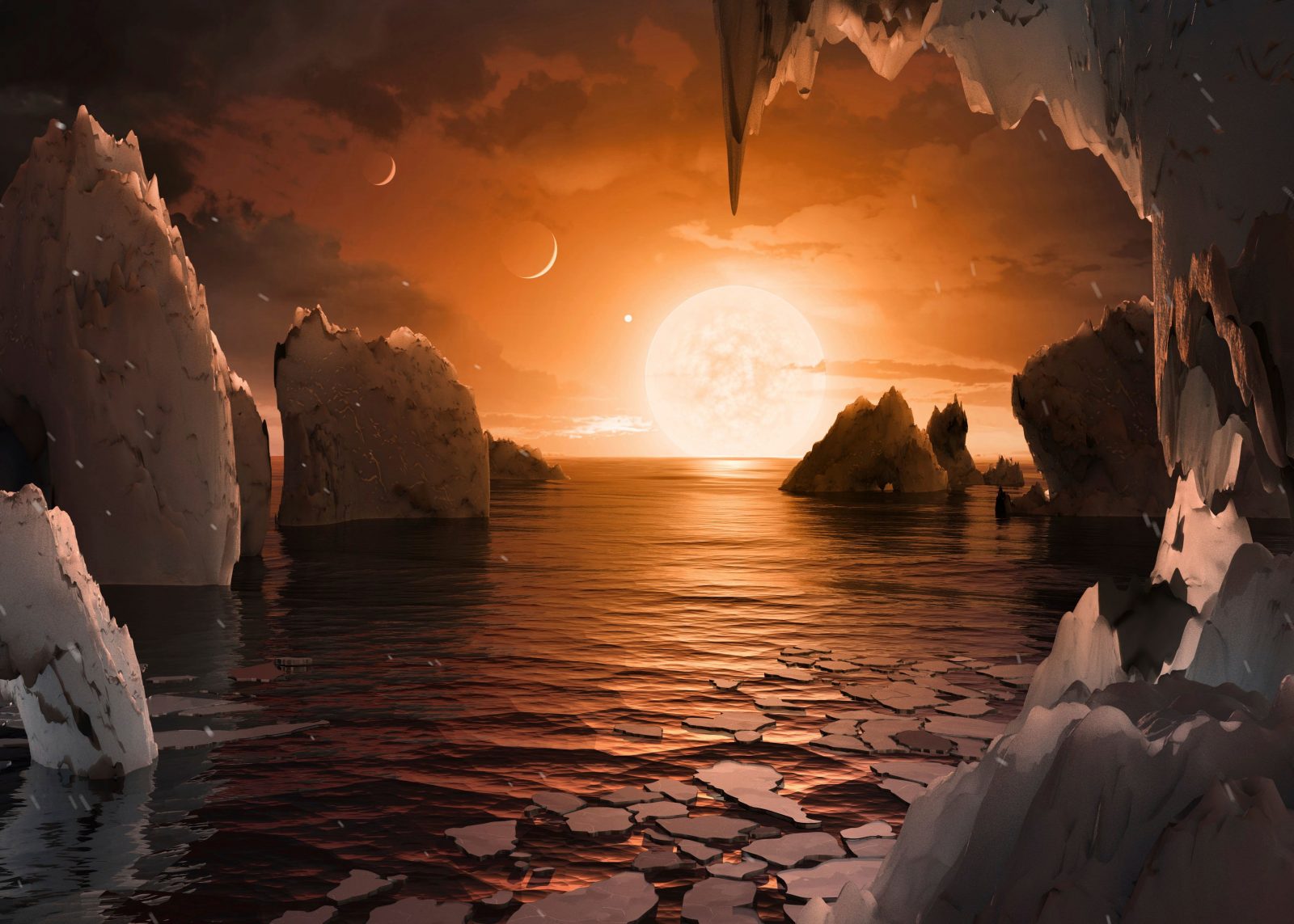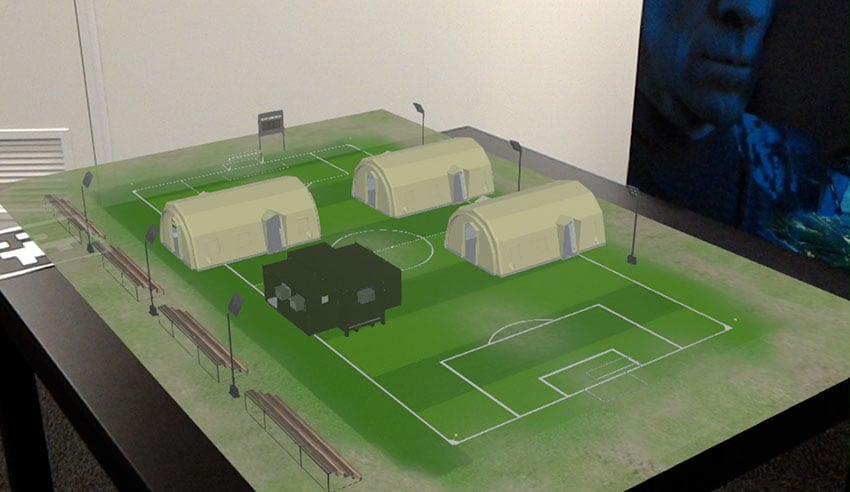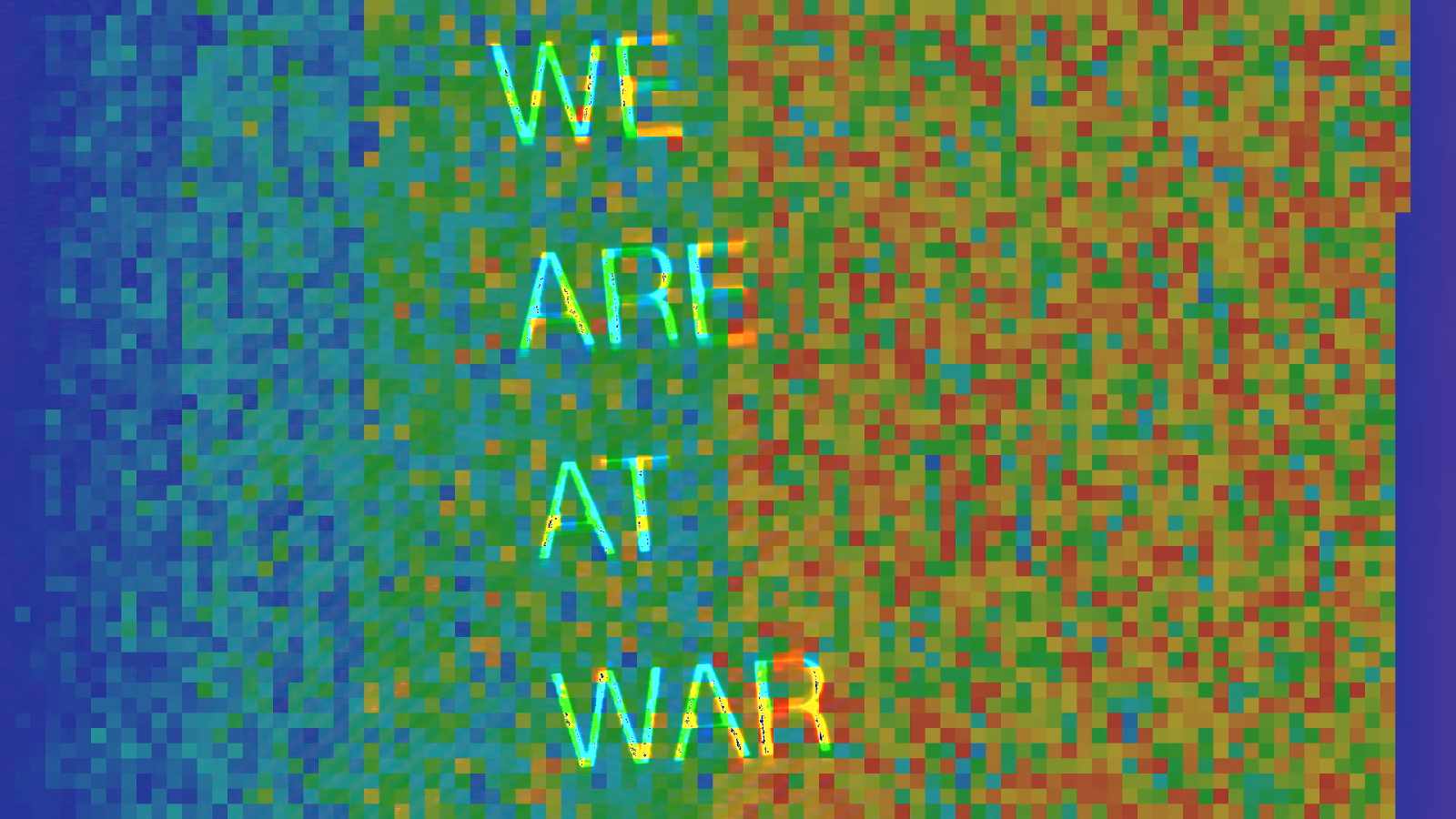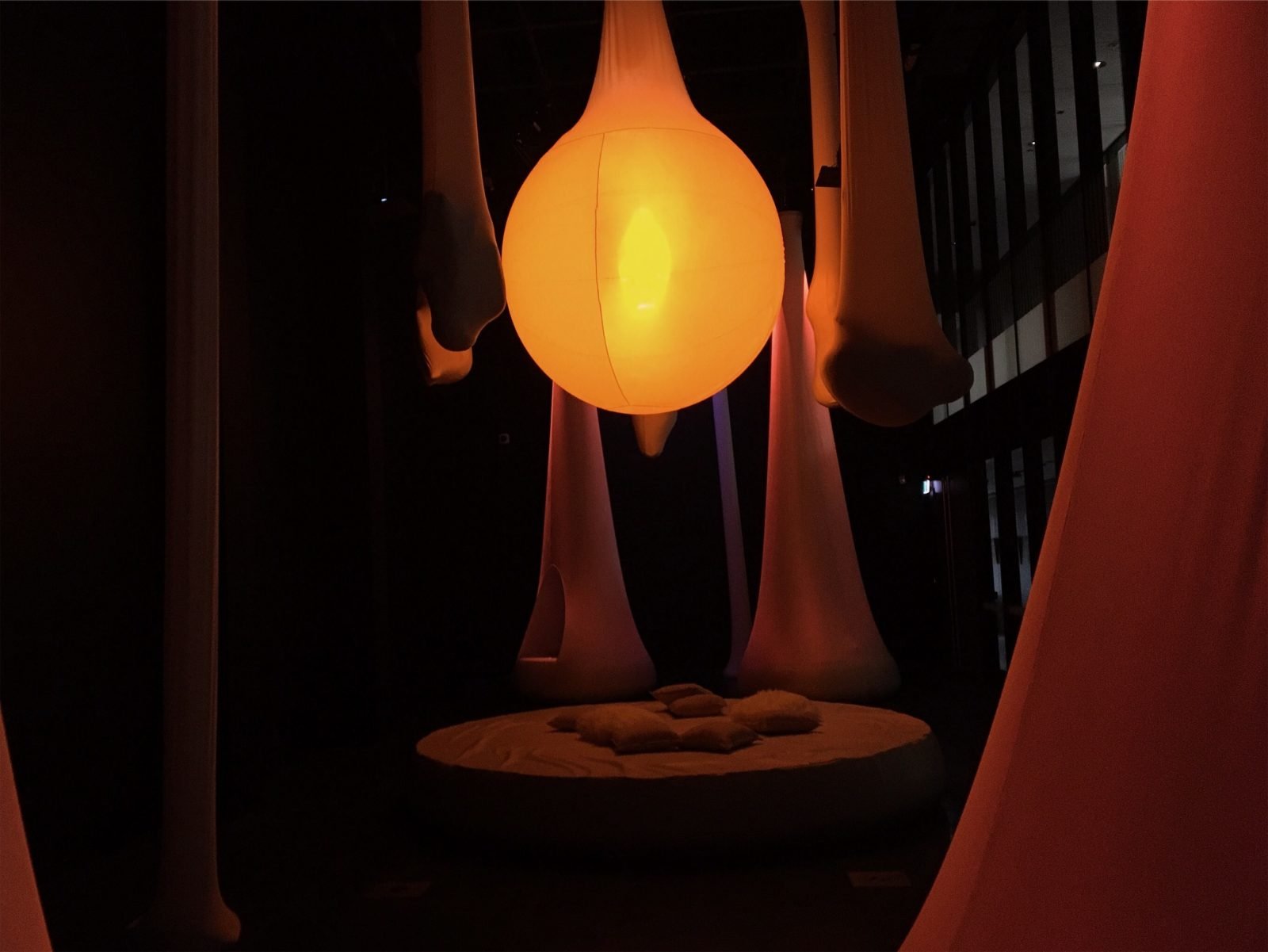Do you see yourself working in Antarctica?
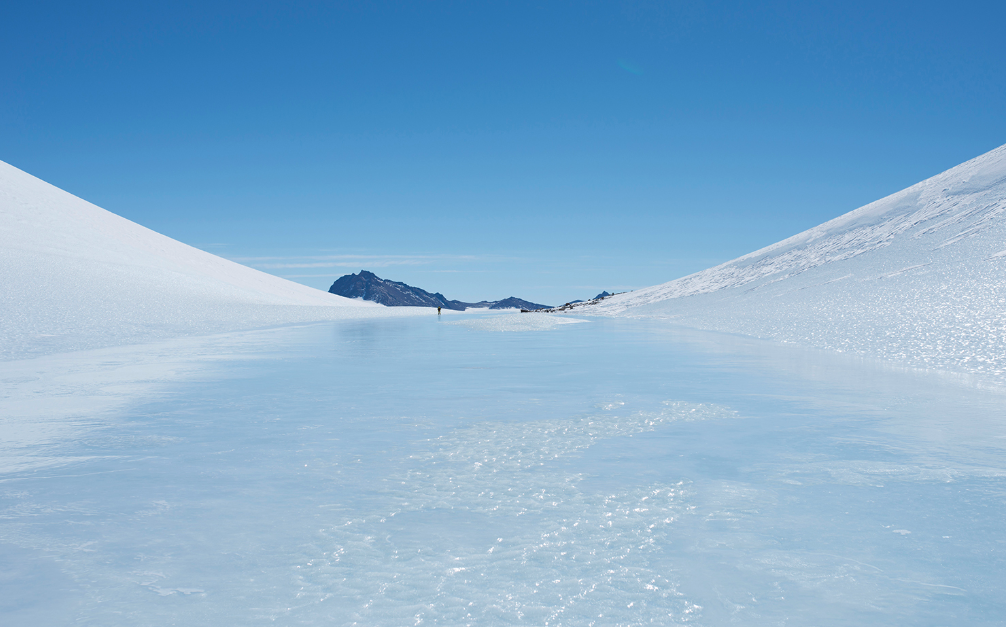
Exhibit Details
Open Nov 2018Apr 2019
Level 1Gould Interactive Gallery
There is only one place on Earth where humans have agreed to be peaceful: Antarctica.
The Antarctic Treaty was signed in 1959 by 12 countries who had an active presence in Antarctica at the time. The first article of this Treaty gets straight to the point, “Antarctica shall be used for peaceful purposes only.” It is a place that humans have reserved for scientific enquiry and exploration, where all military activity is banned.
In 2018, 53 countries are now active signatories of the Treaty. Antarctica is a model for peaceful collaboration between nations beyond state borders. Why has this not been replicated elsewhere?
Science and Art at the Extreme
The Australian Antarctic Division (AAD) have a longstanding history of scientific research and exploration in Antarctica. The AAD is responsible for research related to Antartica and the Southern Ocean. They focus on issues such as climate change, conservation, and sustainable management. The AAD work closely with the Bureau of Meteorology, Geoscience Australia, and maintain the Australian Marine Mammal Centre.
Altogether, the AAD manage over 100 projects related to research that is critical to our future. Climate change is one of the biggest issues facing us in Australia. Antartica is one of our closest neighbours and contains 90% of the ice on earth and 60-70% of its freshwater. If this were all to melt, sea levels would rise by more than 60 meters, which would have a serious impact on Australia.
Tim Jarvis is an environmental scientist who has worked on these issues in Antarctica. Best known for his recreation of Douglas Mawson’s original Antarctic expedition, Tim is a strong advocate for finding practical solutions for global sustainability.
Tim’s recreations of Mawson’s gear can be seen in Polar Commons. In the gallery, we have his reindeer sleeping bag (100 year old technology, made for him by First Nations people according to tradition), handmade crampons (shoes you wear for better balance on snow and ice), boxes of food (he ate almost exclusively kangaroo jerky), a gas burner, and his sled (which he cut in half to get around easier).
Since 1984, the AAD has worked with the Australian Network for Art and Technology to offer the Australian Antarctic Arts Fellowship. This enables artists and creatives to travel to Antarctica for up to six months to create work.
Martin Walch was the Australian Antarctic Arts Fellow in 2017. Martin photographed environmental change in the Antarctic, contextualising it through environmental data. One of Martin’s photographs from the Fellowship can be seen accompanying Polar Commons, depicting the blinding bright light of an Antarctic summer landscape.
Discover more
Watch
Read
- The Antarctic Treaty will end and no one knows what will happen next
- …but should we be concerned about it?
Listen
Credits
- Tim Jarvis Loan objects
- The Mawson Centre, South Australian Museum Loan objects
- Martin Walch Photograph
- Studio 1 Exhibitions Build
- Walls that Talks Build

